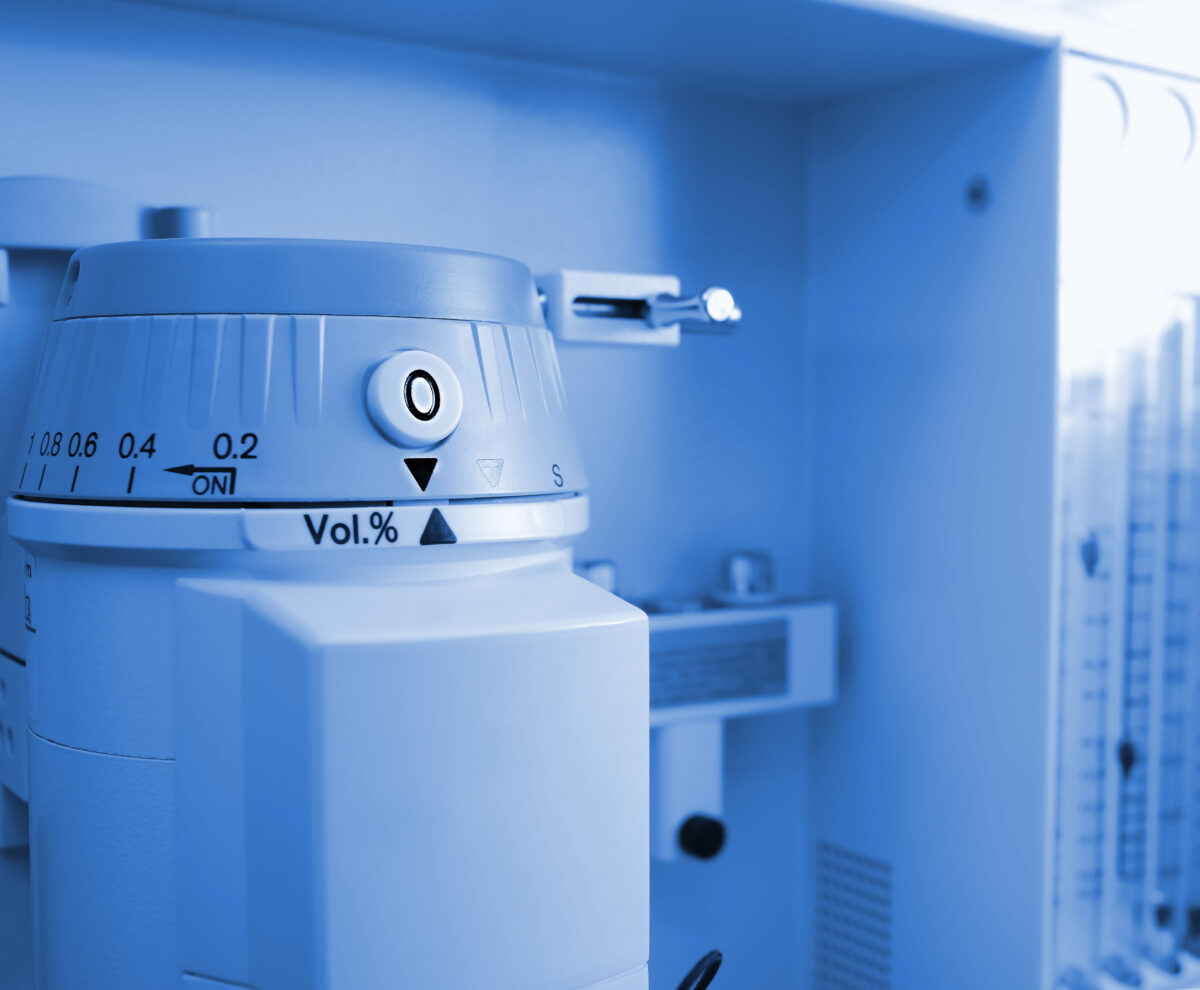The Various Types of Inhaled Anesthetics

Inhaled anesthetics are a class of drugs used in surgery to induce and maintain general anesthesia. They work by causing reversible loss of consciousness and insensitivity to pain. These agents are diverse, each with unique properties, advantages, and disadvantages, making them suitable for different types of surgeries and patient populations.
The earliest inhaled anesthetics included substances like diethyl ether and nitrous oxide, introduced in the 19th century. However, these have largely been replaced by more modern agents due to their various drawbacks, such as flammability and side effects.
Today’s inhaled anesthetics can be broadly categorized into two groups: volatile anesthetics and gases. Volatile anesthetics are liquids at room temperature but vaporize when used. They include agents like isoflurane, sevoflurane, and desflurane. These agents are known for their rapid onset and recovery times, making them ideal for shorter surgeries. Isoflurane, known for its strong potency and muscle relaxation properties, is often used in surgeries requiring deep anesthesia. Sevoflurane, characterized by its rapid onset and minimal irritation to the respiratory tract, is commonly used in pediatric anesthesia. Desflurane has the fastest onset and recovery among the volatile anesthetics, but its pungent odor can cause coughing and irritation, limiting its use in some patients.
Gaseous anesthetics, on the other hand, include agents like nitrous oxide and xenon. Nitrous oxide, often used in combination with other anesthetics, provides pain relief and sedation but is not potent enough to be used alone for major surgeries. It has a rapid onset and recovery, making it useful in dental procedures and minor surgeries. Xenon is a newer and more expensive option, known for its minimal impact on the cardiovascular and respiratory systems, making it potentially beneficial for high-risk patients. However, its high cost and the need for specialized equipment limit its widespread use.
Inhaled anesthetics act primarily by depressing the central nervous system, leading to loss of consciousness. The exact mechanism of action is complex and not fully understood, but it is believed to involve interactions with various neurotransmitter systems, including GABA and glutamate. These interactions lead to changes in neuronal excitability and synaptic transmission, culminating in the anesthetic effect.
One of the major advantages of inhaled anesthetics is the ease of controlling anesthesia depth. By adjusting the concentration of the anesthetic gas, anesthesiologists can quickly alter the level of anesthesia, providing flexibility and control during surgery. Additionally, most inhaled anesthetics are eliminated through exhalation, reducing the load on the liver and kidneys for metabolism and excretion.
However, inhaled anesthetics also have disadvantages. They can depress the respiratory and cardiovascular systems, necessitating careful monitoring during surgery. Some agents, like isoflurane and desflurane, can cause a transient increase in heart rate and blood pressure. Additionally, there is a risk of malignant hyperthermia, a rare but serious reaction to certain anesthetics, particularly in genetically susceptible individuals.
Environmental concerns have also been raised about inhaled anesthetics, particularly their potential to contribute to greenhouse gases. Some anesthetics, like desflurane and nitrous oxide, have a significant environmental impact, leading to efforts to minimize their use and develop more eco-friendly alternatives.
In conclusion, inhaled anesthetics are a critical component of modern anesthesia, offering a range of options to suit different surgical needs and patient profiles. While they have revolutionized surgery, making it safer and more comfortable, their use requires careful consideration of their pharmacological properties, side effects, and environmental impact. As research continues, we may see the development of new inhaled anesthetics that offer improved safety profiles and reduced environmental effects.